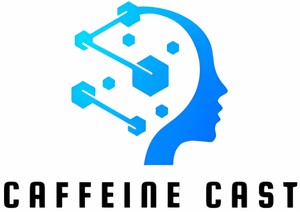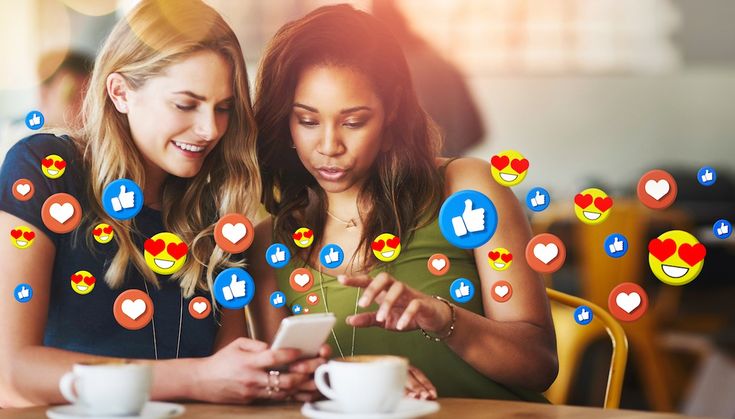Have you ever wondered what makes a story go viral? Whether it’s a clever tweet, a heartwarming video, or a tech trend that suddenly explodes, there’s always a hidden formula behind the scenes. In an age dominated by digital media and rapid sharing, understanding how viral content works isn’t just fascinating—it’s essential.
At Fuzzy Port, where curiosity meets innovation, we break down the psychology, strategy, and timing that push stories into the spotlight.

1. Emotion is the Engine
One of the most powerful drivers of viral content is emotion. According to a landmark study by Jonah Berger and Katherine Milkman from the University of Pennsylvania, stories that spark strong emotions—especially awe, surprise, or anger—are more likely to be shared.
Think about the last viral post you saw. Did it make you laugh out loud? Did it make you feel inspired or even outraged? Emotional engagement is what hooks readers and drives them to hit “share.”
Harvard Business Review confirms that content evoking high-arousal emotions gets more traction online.
2. Relatability Meets Originality
A story doesn’t need to be groundbreaking to go viral—but it does need to be relatable and unique. When content reflects common experiences with a fresh twist, people naturally want to share it.
At Fuzzy Port, we explore tech trends, AI updates, and digital life insights that reflect real-world concerns while sparking new ideas. That blend of the familiar and the fresh is essential.
If you’re telling a story about a new app or digital strategy, make it personal. Show how it impacts people’s lives. Use analogies, metaphors, and visuals to connect the abstract to the everyday.
3. Timing is Everything
Content doesn’t go viral in a vacuum. It thrives when released at the right moment. Whether it’s a trending topic, breaking news, or a seasonal conversation, the timing of your post can determine its trajectory.
Stay in tune with what’s happening across platforms like X (formerly Twitter), Reddit, and LinkedIn. Use tools like Google Trends and BuzzSumo to identify what your audience is already talking about.
Then, position your content to ride that wave—but with your own voice.
4. Shareability by Design
Many creators underestimate how important formatting and design are to virality. Stories that are easy to skim, with short paragraphs, bullet points, and engaging visuals, perform better on mobile and social platforms.
Use powerful headlines, strong meta descriptions, and preview images that catch the eye. More than 70% of users skim headlines before clicking.
Want to increase your post’s reach? Embed social sharing buttons and include a call to action like:
“If this made you think—share it.”
5. The Influence of Influencers
Sometimes, all it takes is a single mention from the right person. Influencers and micro-influencers can amplify your reach exponentially. That’s why it’s crucial to network, tag collaborators, and create content that others want to associate with.
If your story supports a cause, includes expert insights, or highlights community voices, it has a better chance of being picked up and shared.
Collaborations are a key part of today’s digital business strategies, as we explain in our post on startup growth hacks.
6. Data, Strategy, and Testing
While emotion and timing play major roles, going viral also involves smart strategy. Analyze past content to see what performed well. Look at engagement rates, traffic sources, and scroll depth.
A/B testing headlines, meta descriptions, and post formats can give you valuable insights. Keep tweaking until you find what resonates.
Platforms like Google Analytics, Hotjar, and Yoast SEO for WordPress can guide you in optimizing every element of your post—from headline to call-to-action.
Final Thoughts
So, what makes a story go viral? It’s not luck—it’s a mixture of emotion, originality, timing, smart design, and a bit of strategy. Whether you’re crafting a post about the future of AI, digital productivity hacks, or software tools shaping tomorrow, remember: it’s all about connection.
At Fuzzy Port, we believe storytelling is both an art and a science. By understanding what moves people and designing content around that, you can turn curiosity into engagement—and maybe, just maybe, create the next viral sensation.







